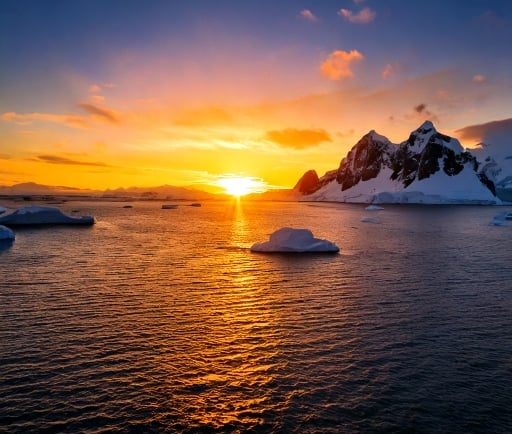The Phenomena of Sunlight at the South Pole: A Study of Equinoxes


Understanding the Solar Patterns at the South Pole
The South Pole, a region defined by its extreme climatic conditions and breathtaking landscapes, experiences unique solar phenomena that set it apart from the rest of the world. Among these phenomena are the annual occurrences of the austral vernal equinox in September and the austral autumnal equinox in March. These events not only signify the changing seasons but also bring about remarkable variations in daylight exposure, leading to significant implications for both the environment and researchers stationed in the region.
The Austral Vernal Equinox: The Dawn of Sunlight
On an important day in the Southern Hemisphere, the sun rises at the South Pole during the austral vernal equinox in September. This singular event marks the commencement of the sun's extended presence above the horizon. Following this equinox, the sun becomes a constant presence in the sky, illuminating the white expanse of snow and ice for an uninterrupted period stretching until the next equinox.
The period following this sunrise is characterized by nearly 24 hours of daylight, a phenomenon known as polar day. This continuous exposure to sunlight not only affects the landscape but also influences the seasonal behaviors of wildlife in the region. As the sun climbs higher in the sky, it plays a crucial role in the seasonal melting of ice and snow, fostering ecosystems that thrive under these specific conditions.
The Austral Autumnal Equinox: The Conclusion of Endless Daylight
As the months progress towards March, the sun will eventually set at the South Pole during the austral autumnal equinox. This event signifies the end of its prolonged stay in the sky, marking a transition into a prolonged period of darkness. Remarkably, there is essentially one single yearly sunset, an event attended with a sense of finality and reflection for those present in this remote part of the world.
The implications of this unique solar pattern are extensive. The absence of sunlight for an extended period affects climate, flora, and fauna. Research conducted during the polar night, which follows the sunset, reveals how organisms adapt to such harsh conditions, leading to fascinating discoveries that enhance our understanding of life in extreme environments.
Conclusion: A Yearly Cycle of Light and Darkness
The sun's journey at the South Pole, marked by a single yearly sunrise and a single yearly sunset, serves as a reminder of the natural world's wonders. The phenomena occurring around the austral vernal equinox and the austral autumnal equinox illustrate the delicate balance of light and darkness that shapes life in this remote region. For scientists and adventurers alike, these events are not just markers of time; they represent the profound beauty of our planet and the intricate connection between geographical location and solar exposure.
